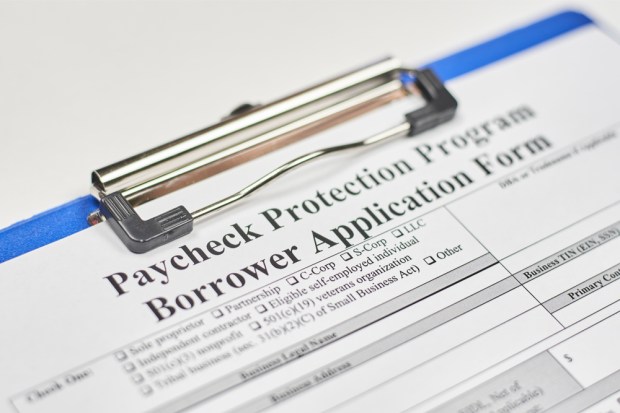Confusion Reigns As PPP Loan ‘Guidance’ Grows, Deadlines Loom

The Trump administration has piled vague and confusing guidance onto the unclear regulations of the Paycheck Protection Program (PPP), increasing tensions across the business world as deadlines for the program loom.
According to a Bloomberg report, confusion has grown over such seemingly clear-cut issues as to whether public companies can accept the cash. “The guidances and interim rules are really changing the underlying law,” said James P. Joseph, a partner at the law firm Arnold & Porter.
The result is that publicly traded companies, according to FactSquared, have already returned 48 loans worth more than $350 million.
Also, the original law allowed borrowers to cover business costs other than just payroll, such as refinancing debt. However, new “guidance” from the Trump administration limits that spending mostly to payroll.
Companies are grappling with these issues even as the May 14 deadline to return PPP loans without penalties nears. Businesses have also complained that the way the Small Business Association (SBA) will administer the forgiveness of loans is unclear.
Congress created the Paycheck Protection Program as part of its original $2 trillion economic relief CARES Act package. It was intended as a lifeline for small businesses so they could keep paying workers even if they had no customers in the wake of the coronavirus pandemic. Scathing criticism flew when some of the money when to large companies, such as Shake Shack Inc., that had not been the intended targets of the program.
The PPP’s low-interest, forgivable loans — of as much as $10 million — were meant to keep the economy going as the pandemic hit.
With additional money, the PPP turned into a $660 billion program. The Trump administration had sought to avoid the criticism the first infusion of federal funds had produced.
As reported in this space, the Trump administration’s developing “guidance” may have kept some of the small and medium-sized businesses (SMBs) the PPP was intended for from even applying.
“There’s been such a change from the administration and the SBA about what they are intending for these loans,” said Judie Rinearson, co-chair of global FinTech and blockchain groups at law firm K&L Gates. “If you take a look at the original announcements, they are so clear. Even if you have access to other funding, not a problem. The goal is to get America running and it was clearly encouraging businesses to go out and seek these funds.”
